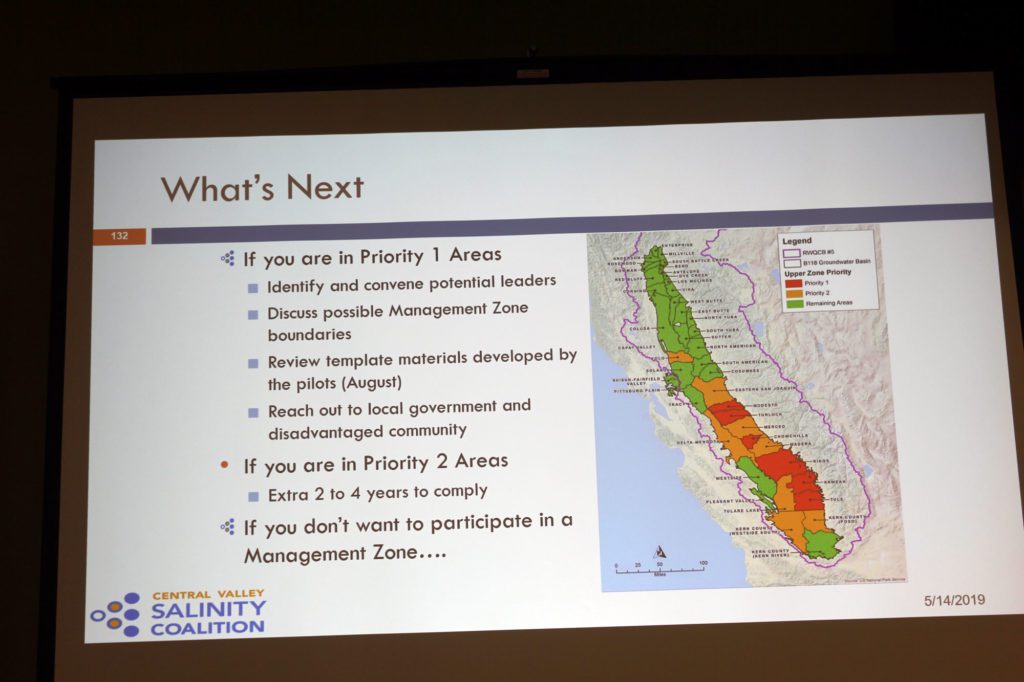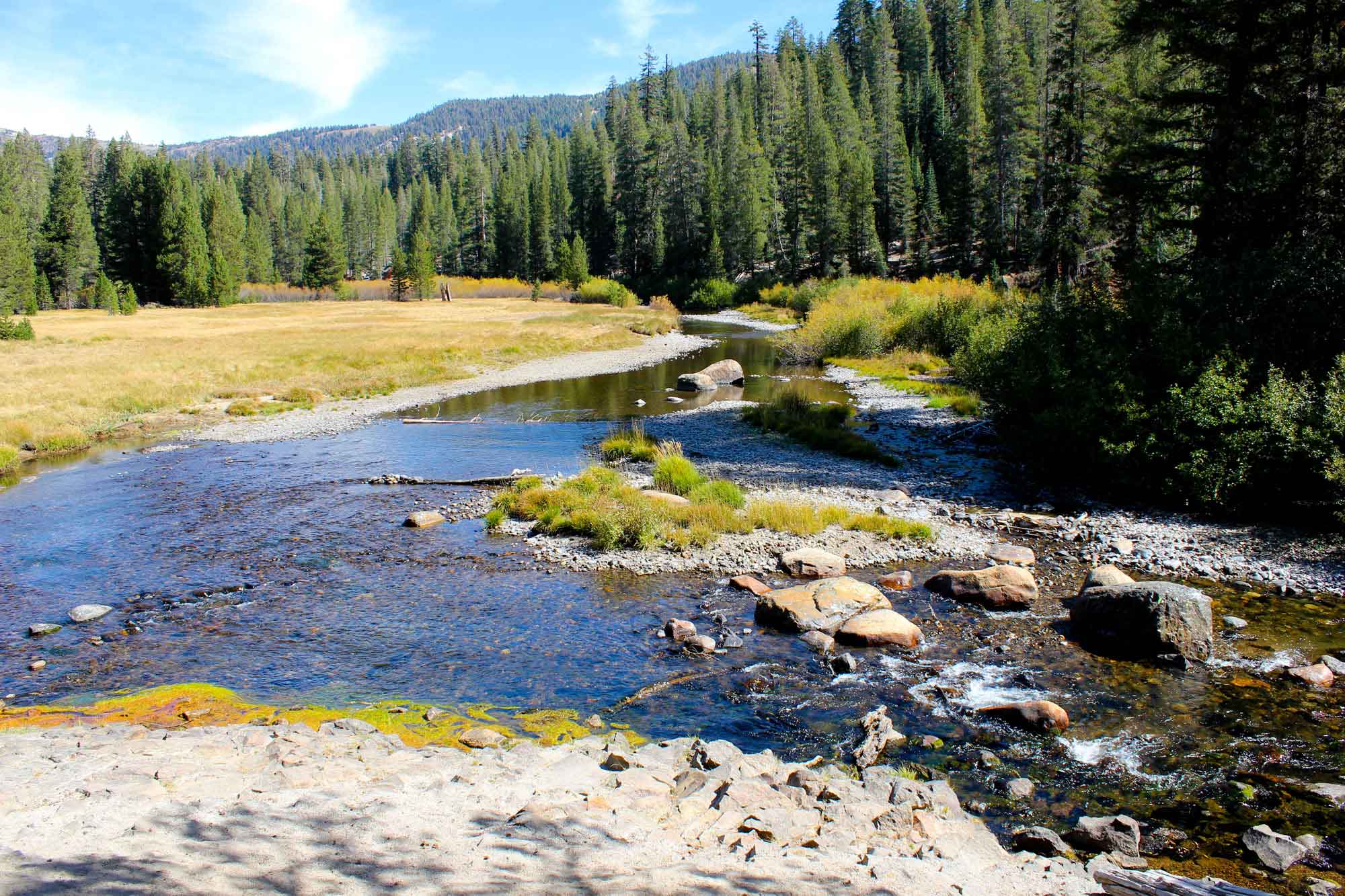A salinity management strategy that stabilizes and cost effectively restores water supplies in the Central Valley while keeping economic vitality will be undertaken in three phases.
The Salt Control Program was established in 2018 by the Central Valley Salinity Alternatives for Long Term Sustainability (CV-SALTS) along with the Central Valley Regional Water Quality Control Board. The program has both a short-term salinity management approach and long term salinity management planning.
Goals for this stakeholder-driven plan are to control the rate of groundwater degradation, implement salinity management strategies, maintain water quality and pursue restoration where practical and to protect high quality water.
Daniel Cozad, executive director of the Central Valley Salinity Coalition, noted that high levels of salt can exist in waters throughout the Central Valley and this condition threatens both agriculture productivity and water quality. Increased salinity occurs because salt is either added or concentrated by processes that use water or treat wastewater. In the San Joaquin Valley alone, six million tons of salt accumulate annually.
Cozad, speaking at the Almond Board’s Navigating the Waters event, said that once the State Water Resources Control Board and the U.S. Environmental Protection Agency (EPA) approve the Salt Control Program in 2019, and Notices to Comply are issued by the Regional Board, all permitted dischargers must comply by selecting one of two compliance pathways: Conservative Pathway 1 or Alternative Pathway 2.
The first will require demonstration of ability to meet stringent permitting requirements established in the Salt Control Program. The second requires participation in a region-wide study and  allows deferment of permitting requirements until the study is completed. The study is the first step in providing a coherent and workable long term management strategy for salinity, Cozad said.
allows deferment of permitting requirements until the study is completed. The study is the first step in providing a coherent and workable long term management strategy for salinity, Cozad said.
The study is expected to begin in 2019 or 2020 and take about 10 years to complete at a cost of $10-$15 million.
Cozad noted that participation in the Pathway 2 would be less costly than the conservative approach in Pathway 1 but would require an annual fee to support the study. The Central Valley Salinity Coalition will administer the study with oversight by the Regional Board and CV-SALTS stakeholders.
For more information and to read the Salt and Nitrate Management Plans go to the web site www.cvsalinity.org. To read the Regional Board staff report for the Basin Plan amendments go to http://tinyurl.com/regional-Board-Staff-Rpt.

Cecilia Parsons
Cecilia Parsons has lived in the Central Valley community of Ducor since 1976, covering agriculture for numerous agricultural publications over the years. She has found and nurtured many wonderful and helpful contacts in the ag community, including the UCCE advisors, allowing for news coverage that focuses on the basics of food production.
She is always on the search for new ag topics that can help growers and processors in the San Joaquin Valley improve their bottom line.
In her free time, Cecilia rides her horse, Holly in ranch versatility shows and raises registered Shetland sheep which she exhibits at county and state fairs during the summer.
















